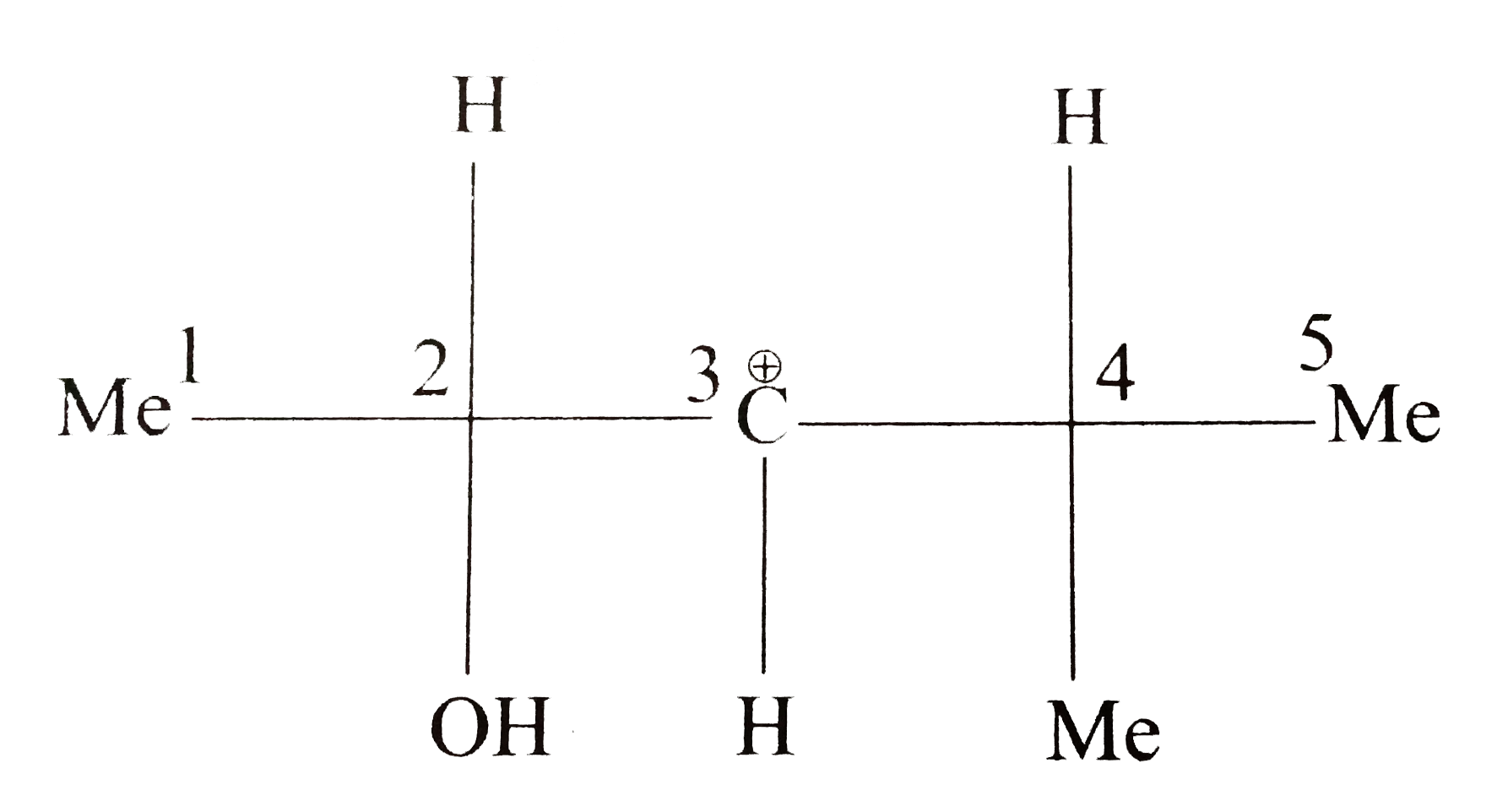Write the resonance structure of nitrous oxide.
To write the resonance structures of nitrous oxide (N₂O), we need to follow a systematic approach. Here’s a step-by-step solution:
Step 1: Determine the Lewis Structure of N₂O
- Count the total valence electrons: Nitrogen (N) has 5 valence electrons, and Oxygen (O) has 6 valence electrons. For N₂O, the total is:
2×5+6=16 valence electrons
Step 2: Arrange the Atoms
- The typical arrangement for nitrous oxide is N-N-O. The central atom is usually the least electronegative, which in this case is nitrogen.
Step 3: Create Bonds
- Start by forming bonds between the nitrogen atoms and between the last nitrogen and oxygen. Initially, we can form a triple bond between the two nitrogen atoms and a single bond between the last nitrogen and oxygen.
Step 4: Distribute Remaining Electrons
- After forming the bonds, distribute the remaining electrons to satisfy the octet rule for each atom. The structure can be represented as:
N≡N−O
where the first nitrogen has one lone pair, the second nitrogen has a triple bond with the first nitrogen, and the oxygen has two lone pairs.
Step 5: Draw the Resonance Structures
- First Resonance Structure:
- The first structure has a triple bond between the two nitrogen atoms and a single bond between the last nitrogen and oxygen. The oxygen has a formal charge of -1, and the first nitrogen has a formal charge of +1.
Structure 1: N+≡N−O−
- Second Resonance Structure:
- In the second structure, we can shift one pair of electrons from the triple bond between the nitrogen atoms to form a double bond with oxygen. This creates a double bond between the first nitrogen and the second nitrogen and a double bond between the second nitrogen and oxygen. The formal charges are distributed differently:
Structure 2: N≡N+=O−
Step 6: Confirm Octet Rule
- Ensure that all atoms in both resonance structures satisfy the octet rule. Each nitrogen and the oxygen atom should have a total of 8 electrons around them.
Final Resonance Structures
1. N+≡N−O−
2. N≡N+=O−
- Count the total valence electrons: Nitrogen (N) has 5 valence electrons, and Oxygen (O) has 6 valence electrons. For N₂O, the total is:
2×5+6=16 valence electrons
- The typical arrangement for nitrous oxide is N-N-O. The central atom is usually the least electronegative, which in this case is nitrogen.
- Start by forming bonds between the nitrogen atoms and between the last nitrogen and oxygen. Initially, we can form a triple bond between the two nitrogen atoms and a single bond between the last nitrogen and oxygen.
- After forming the bonds, distribute the remaining electrons to satisfy the octet rule for each atom. The structure can be represented as:
N≡N−O
where the first nitrogen has one lone pair, the second nitrogen has a triple bond with the first nitrogen, and the oxygen has two lone pairs.
- First Resonance Structure:
- The first structure has a triple bond between the two nitrogen atoms and a single bond between the last nitrogen and oxygen. The oxygen has a formal charge of -1, and the first nitrogen has a formal charge of +1.
Structure 1: N+≡N−O−
- In the second structure, we can shift one pair of electrons from the triple bond between the nitrogen atoms to form a double bond with oxygen. This creates a double bond between the first nitrogen and the second nitrogen and a double bond between the second nitrogen and oxygen. The formal charges are distributed differently:
Structure 2: N≡N+=O−
- Ensure that all atoms in both resonance structures satisfy the octet rule. Each nitrogen and the oxygen atom should have a total of 8 electrons around them.
1. N+≡N−O−
2. N≡N+=O−
Topper's Solved these Questions
- P-BLOCK GROUP 15 ELEMENTS - THE NITROGEN FAMILYBOOK - CENGAGE CHEMISTRY ENGLISHCHAPTER - P-BLOCK GROUP 15 ELEMENTS - THE NITROGEN FAMILYEXERCISE - Exercises Archives (True/False)
2 Videos
- ORGANIC COMPOUNDS WITH FUNCTIONAL GROUPBOOK - CENGAGE CHEMISTRY ENGLISHCHAPTER - ORGANIC COMPOUNDS WITH FUNCTIONAL GROUPEXERCISE - Archives Analytical And Descriptive
24 Videos
- P-BLOCK GROUP 16 ELEMENTS - THE OXYGEN FAMILYBOOK - CENGAGE CHEMISTRY ENGLISHCHAPTER - P-BLOCK GROUP 16 ELEMENTS - THE OXYGEN FAMILYEXERCISE - Archives Subjective
10 Videos
Similar Questions
Knowledge Check
The most unlikely representation of resonance structure of p-nitrophenoxide is :
A B
B C
C D
D
Draw the resonating structures of

View SolutionWrite the correct resonance structure of the given compound.
 .
.
View Solution(a) Write the resonance structures of NOӨ2 (nitrite) and NOӨ3 (nitrate ion) in terms of :
(i) outer shell ¯e,s with formal charges
(ii) overlapping atomic orbitals.
( c) Compare the resonance (delocalisation) energy adn stabilities of NOӨ2 and NOӨ3.
(b) (i) Write the resonance contributing and hybrid structures of (I) N2O (II) H2C−N2 (diazomethane).
(ii) Give the hybridised state of each atom in each structure.
(iii) Discuss their bond length in each resonance contributing structure and compare with those in hybrid structures.
View SolutionWrite the resonating structures of phenol in order of decreasing stabilities .
View Solution(a) Write the resonance structure of RCOOH.
(b) Why is (C−O) bond shorter in RCOOH than in ROH
View SolutionWrite the resonance structures for SO3andNO−3
View SolutionWrite the resonance structure of CO2−3 and HCOө3.
View Solution

